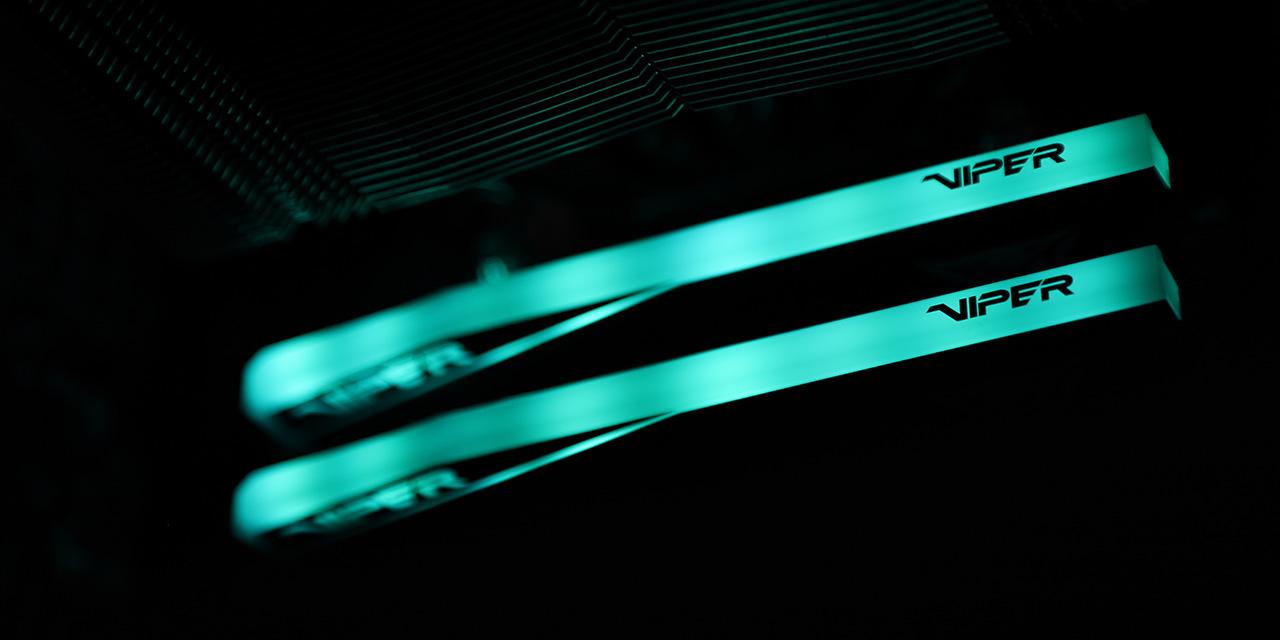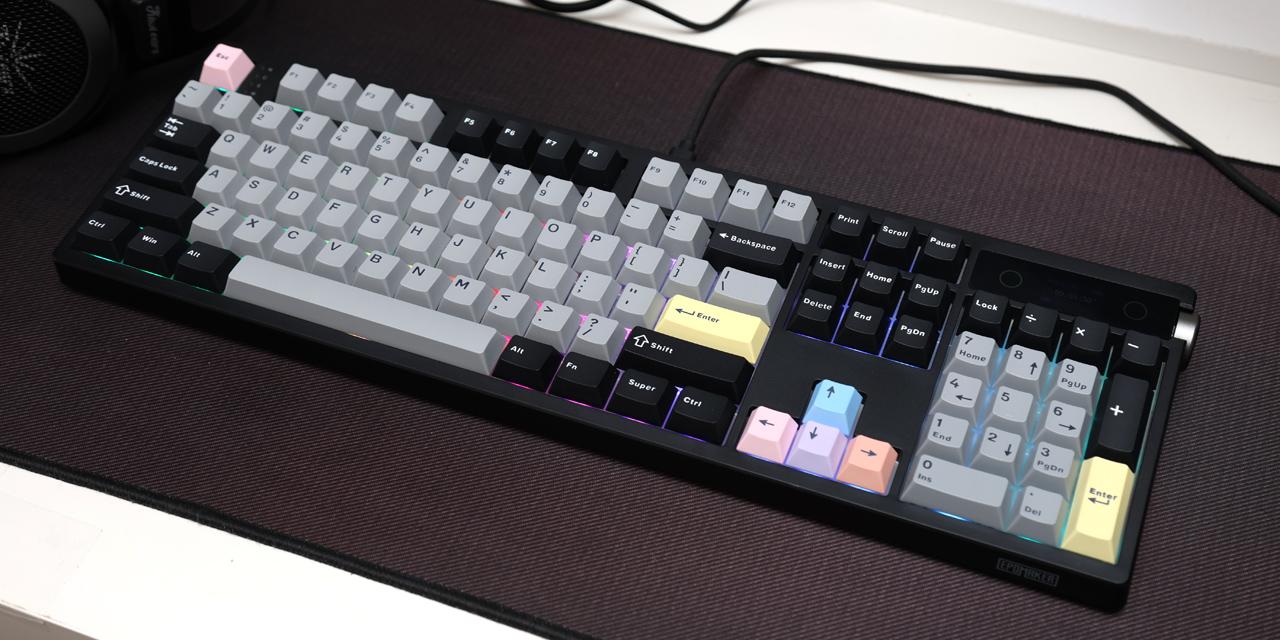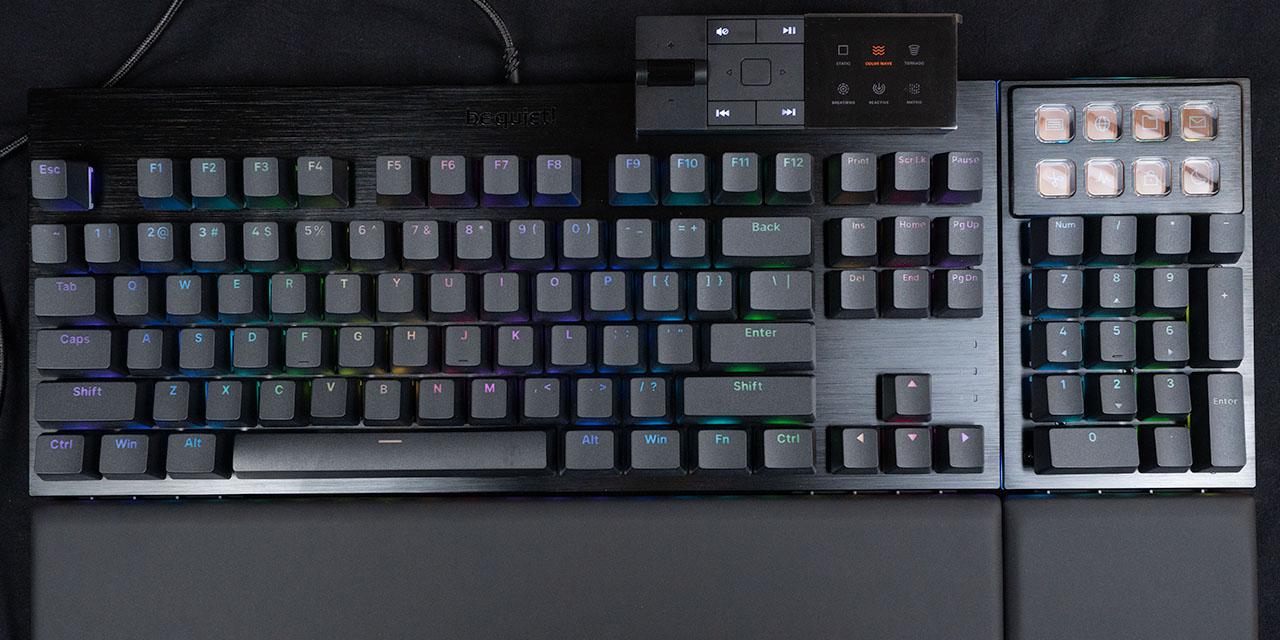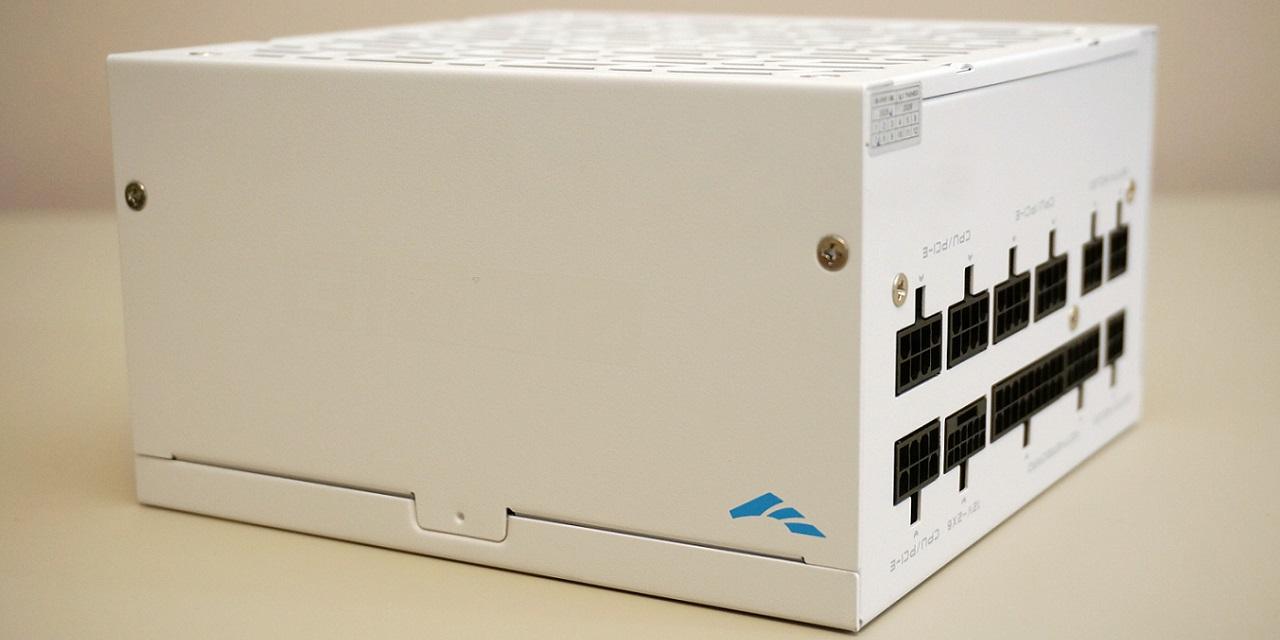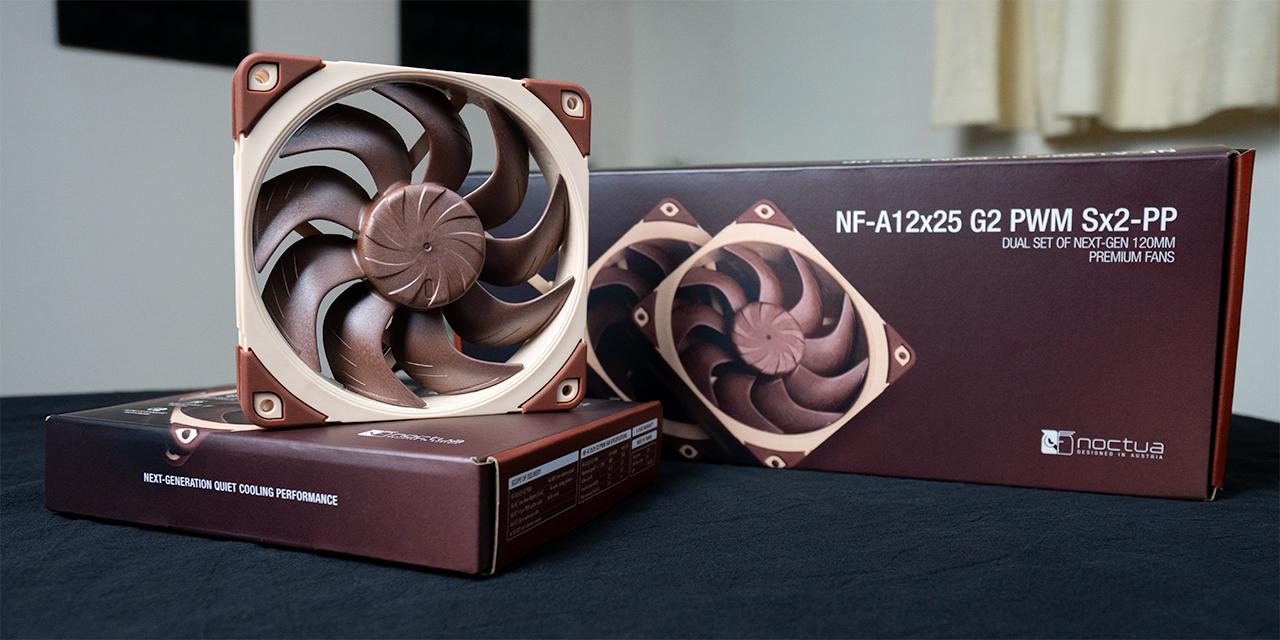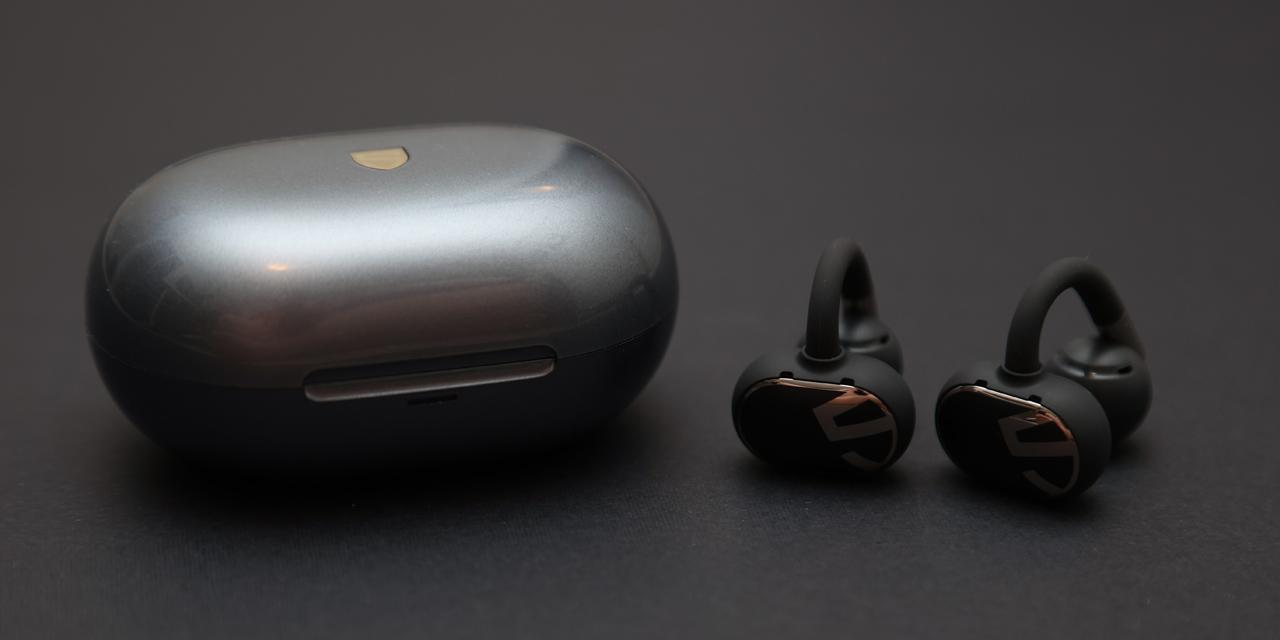Page 3 - Subjective Audio Analysis

For all audio products reviewed at APH Networks, we strive to provide a fair evaluation of their performance. Evaluating audio quality is often subjective and requires experience, extensive critical listening, and a familiar comparative product to analyze a product's capabilities. Objectively, we can assess whether certain frequencies are reproduced accurately but judging qualities such as tonality and tuning often come down to personal preference. I would not describe myself as a subject matter expert, but with my experience as a musician and audio enthusiast, I aim to provide an objective rating. Through a series of subjective tests, I will attempt to accurately depict the sound quality of the Stealth 700 Gen 3. The audio tests for the Stealth 700 were conducted on my PC, with audio transmitted through the 2.4GHz transmitter to the headset.
After a minimum break-in time of 24 hours, we subjected the Turtle Beach Stealth 700 Gen 3 to the tests. All tracks are uncompressed or high bitrate audio files. Equalizer settings were set to flat or “signature sound” for testing purposes. For gaming, I played League of Legends and Valorant to assess sound cues, and Deemo for rhythm. These games depend on audio feedback for optimum player performance and can reveal poor audio latency in wireless headsets.
For the tuning evaluation, we will begin with the low frequencies. My immediate impression of the bass response was that it was quite solid. The bass frequencies were slightly elevated, but tastefully so. The sub-bass was present with reverberations felt through my cranium. The drum kicks were tight and punchy, while bass lines were smooth and full. Synth bass lines in electronic and R&B music were well-controlled without being boomy. In gaming, footsteps were clear and easily distinguishable from other sounds.
The middle frequencies were not as prominent as the bass frequencies, but sounded natural. The guitars and pianos were rich and full with excellent resonance. Voices were pleasant to listen to and characterized by rich and warm clarity. They sounded thick with a wet reproduction. Different voices and instruments in the midrange were easily distinguishable in most cases. However, when tracks became busy in the midrange, some details were lost. Communication during gaming was quite easy to hear, and in-game pings and ability hit cues were immediately identifiable.
In the treble frequencies, certain ranges closer to the midrange appeared slightly recessed with a gentle bump moving up the frequency range that enhanced details without being harsh. Voices were not particularly airy or sparkly, but this contributed to their fullness. Sibilance was well-controlled. Hi-hats, cymbals, claps, and jingles were crisp and clear. There were plenty of bright details in this range without causing listening fatigue.
For soundstaging, the Stealth 700 Gen 3 reproduced about the size of a lounge or bar with live music. Despite the closed-back nature, the Stealth 700 had a decent soundstage compared to some closed-back headphones I have tried. This was due to the added cushioning of the earcups bringing the drivers further from the ears or the larger drivers. In certain concert recordings, the headset gave the general illusion of a large hall. Imaging was good as well and I was able to pinpoint the direction of instruments in music or footsteps and locations of sounds in game. The plush ear cups formed a good seal around the ears. This, combined with the closed-back design, provided a decent amount of noise isolation. For example, normal conversation was mostly drowned out while music played, but it was still audible, albeit muffled, with no sound playing.
The layering of different instruments and voices was decent. Most of the time, each instrument or voice was heard distinctly with good clarity and reproduction. Bass and treble were a bit more pronounced due to the V-shaped tuning of the headset. On occasion when the middle frequencies got too busy, some details started to overlap. Overall, the Stealth 700 Gen 3 had a warm and fun tuning characteristic with realistic voice reproduction and sufficient detail without being fatiguing. These headphones are great for easy listening and enjoying music, only lacking in high detail for editing and mixing critical music. I would love to see what Turtle Beach could do with a passive and wired version of the Stealth 700 Gen 3 with the 60mm Eclipse drivers.
The microphone found on the Stealth 700 Gen 3 is a unidirectional microphone. It had good clarity for voice communications. I would not recommend the microphone for professional streaming, singing, or voice-overs. The microphone recordings sounded thin, compressed, and the frequency response was limited. You can listen to the sample recording found above. The microphone is fine for its intended purpose of in-game voice calls, but a higher quality sounding one is always welcome.
Battery life on the Stealth 700 Gen 3 is excellent. It is rated for up to 80 hours. In my testing, it used about 1% of battery per hour, meaning you are likely to exceed the rated figure. Of course, your mileage may vary. For my testing, the volume level was set to around 30% in Windows with audio sources at 60%. Quick charging is available, providing approximately 3 hours of playtime with a 15-minute charge, while a full charge takes about 3 hours.
For the wireless distance, I was able to walk at least 8m away without the connection cutting out on 2.4GHz. The signal only disconnected when I moved to a different floor with obstructions. This is a shorter range than I would like, although it is not likely you will move too far from the source.
Page Index
1. Introduction, Packaging, Specifications
2. Physical Look - Hardware and Software
3. Subjective Audio Analysis
4. Conclusion
